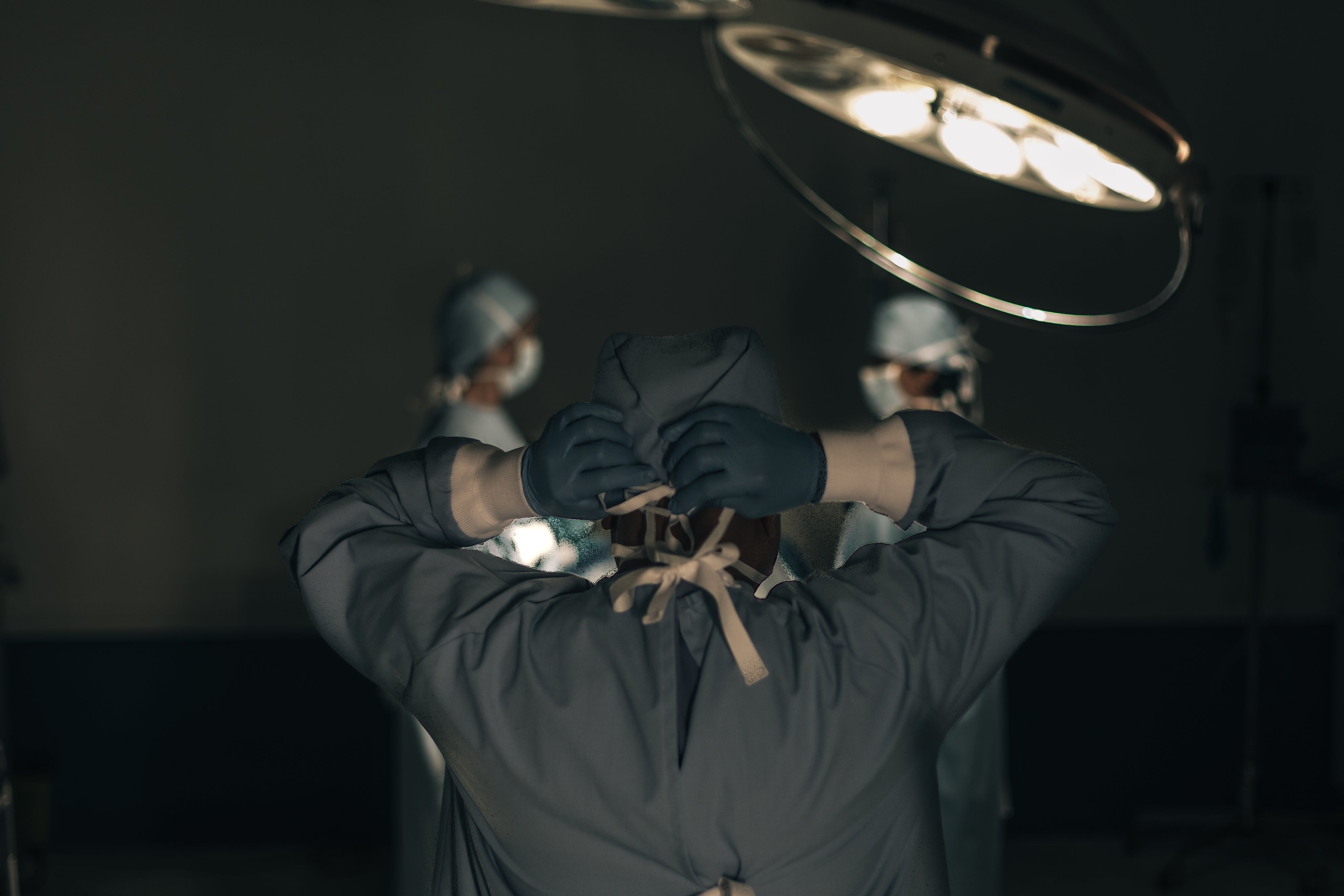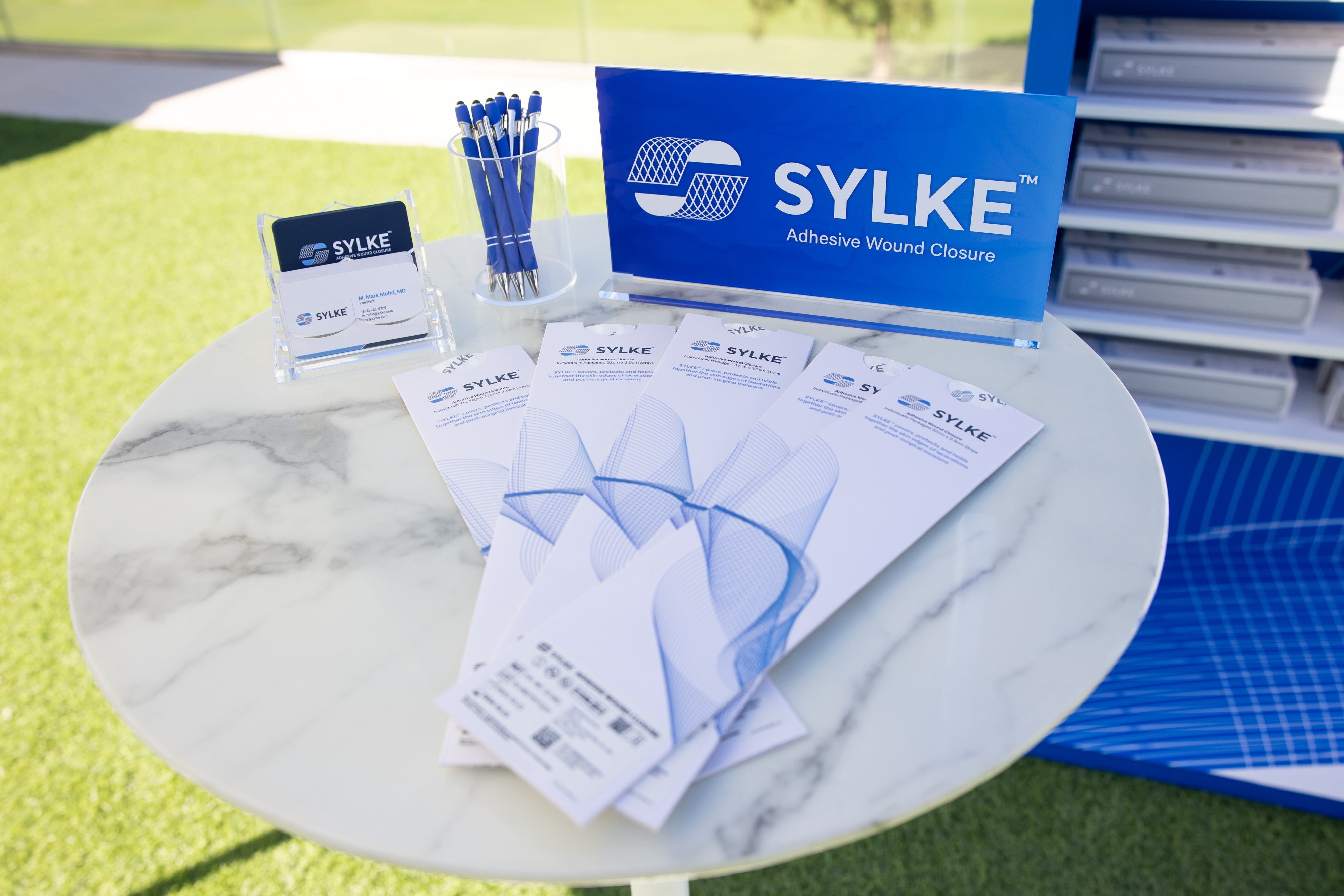
The Innovation
At SYLKE, we are pioneering a groundbreaking era in science by reinventing one of nature's oldest biomaterials—silk—into modern medicine.
- Daniel Rouhani | Chief Scientific Officer





